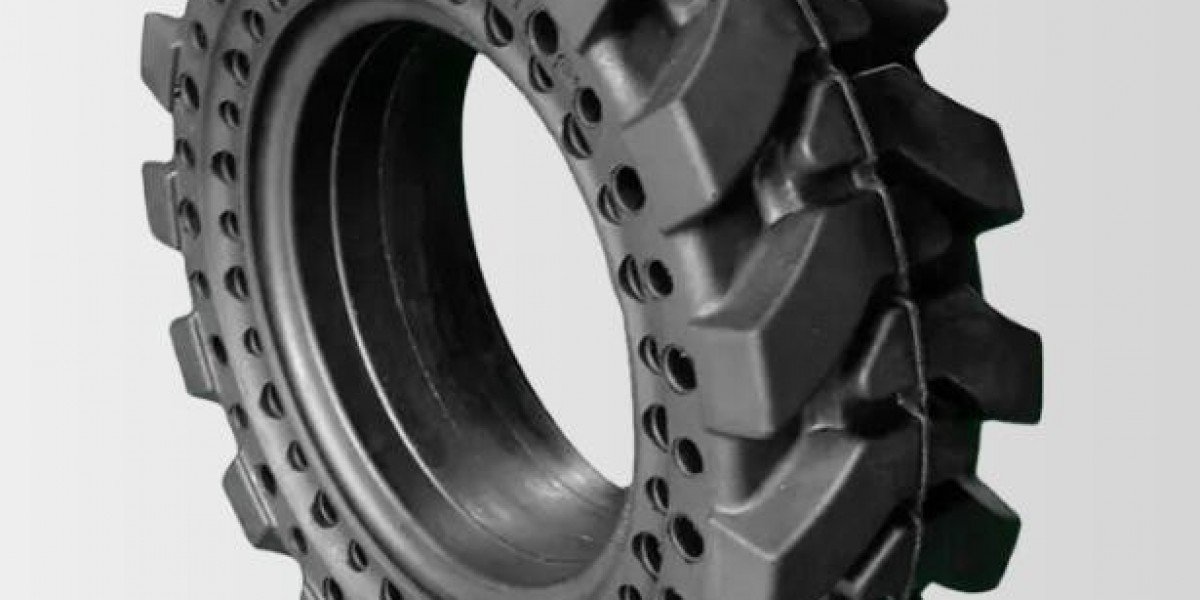The construction industry has witnessed significant advancements in recent years, with new technologies and materials continuously shaping the landscape. Among these innovations, the Aluminum Composite Panel (ACP) Production Line and Coated Aluminum Coil have emerged as game-changers, offering unmatched versatility, aesthetics, and durability. This article explores the transformative impact of these two components on the construction sector, underscoring their crucial role in modern architecture.
Aluminum Composite Panel Production Line:
The Aluminum Composite Panel Production Line is a state-of-the-art manufacturing process that enables the creation of aluminum composite panels - a popular building material known for its lightweight, rigidity, and aesthetic appeal. The production line consists of several key stages, including aluminum coil unwinding, coating application, lamination, curing, and panel cutting.
The process begins with unwinding the aluminum coil, which serves as the primary raw material. The coil is then coated with a layer of high-quality paint or resin using advanced coating techniques. This coating not only enhances the panel's appearance but also provides protection against harsh environmental elements, corrosion, and UV radiation.
Next, the coated aluminum coil is sandwiched between layers of polyethylene or mineral-filled fire-resistant core material during the lamination process. This ensures the panel's outstanding rigidity and strength. The composite is then cured under precise temperature and pressure conditions to achieve optimal adhesion and structural integrity.
The final step involves cutting the composite into various shapes and sizes to meet the diverse requirements of architectural projects. The result is a versatile building material that can be easily integrated into various designs, offering architects and builders endless possibilities.
Coated Aluminum Coil:
The Coated Aluminum Coil is a vital component of the ACP Production Line and an indispensable material in modern construction. This coil is produced through an advanced coating process, where a layer of paint or resin is evenly applied to both sides of an aluminum sheet. The coating not only enhances the aluminum's visual appeal but also improves its resistance to scratches, wear, and fading.
The Coated Aluminum Coil comes in a wide range of colors, textures, and finishes, providing architects with the freedom to create captivating facades and interior spaces. Additionally, the coil's exceptional formability enables the creation of intricate patterns and shapes, empowering architects to experiment with innovative designs.
Advantages and Applications:
The combination of the Aluminum Composite Panel Production Line and Coated Aluminum Coil has revolutionized the construction industry in several ways:
Lightweight and Durable: ACPs are renowned for their lightweight nature and structural stability, making them ideal for both interior and exterior applications. Their durability ensures long-lasting performance even in challenging weather conditions.
Aesthetics: The Coated Aluminum Coil's wide array of colors and finishes grants architects the ability to craft visually stunning buildings that stand out in urban landscapes.
Environmental Benefits: Aluminum is a highly recyclable material, contributing to sustainable building practices and reducing the environmental impact of construction projects.
Versatility: ACPs can be easily bent, shaped, and cut, facilitating seamless integration into any architectural design, including facades, signage, and claddings.
Fire Resistance: The mineral-filled core material used in ACPs enhances fire resistance, making them a safer choice for building exteriors.
The Aluminum Composite Panel Production Line and Coated Aluminum Coil have redefined the construction industry, offering unparalleled versatility, aesthetics, and durability. These innovations have empowered architects and builders to bring their creative visions to life while ensuring buildings remain structurally robust and visually appealing. As the demand for sustainable and aesthetically pleasing structures continues to rise, these technologies will play an ever-increasing role in shaping the architectural landscape of the future.



